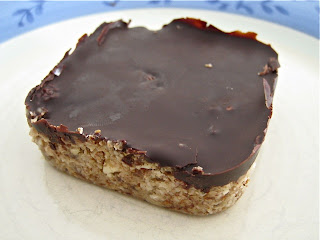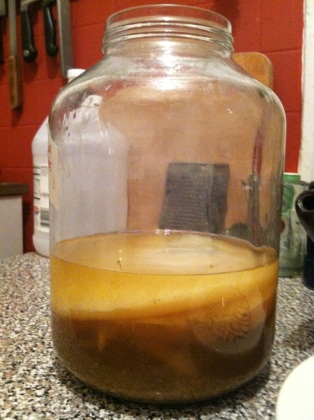Blueberry Coconut Cupcakes
If you don't have a piping bag, simply spread the frosting with a knife or use a plastic baggie. Simply snip the tip. Coconut flakes would be a really nice garnish too!
Coconut Cupcakes
pinch of salt
4-6 tablespoons freeze dried blueberries or dried blueberries, optional*
Grind the dried shredded coconut in a food processor.
Add the cashews and grind until both ingredients look like crumbs.
Add the cashews and grind until both ingredients look like crumbs.
Add the remaining ingredients, except blueberries. Pulse to combine.
Fold the blueberries into the dough.
Lightly press into mini muffin cups.
*For a nice crunch throughout the cupcakes use the freeze dried blueberries or use the dried blueberries (naturally dried without sugar).
Lemon Coconut Cupcakes: Add 1/4-1/2 teaspoon lemon zest to the dough and replace the vanilla with lemon juice.
Coconut Cardamom Cupcakes: Add cardamom powder to the dough, to taste (it can be strong, start with only a little bit).
Blueberry Frosting
Creamy blueberry frosting with a white chocolate flavor from the cacao butter.
1/2 cup blueberries
Add all ingredients to a high speed blender, in order given (oil/butter are added last). Blend all until smooth, creamy, and warm.
Pour into a large shallow dish and chill in the fridge for at least 6 hours.
When firm, spread or pipe over the cupcakes.
Raw Banana Coconut Cupcakes
1/2 cup almond pulp*
1/2 cup pecans, chopped
1/4 cup oat flour**
3/4 cup shredded coconut
2 tablespoons maple or coconut sugar, or to taste
1/2 cup mashed ripe banana
1/4 teaspoon pure vanilla
2 tablespoons melted coconut oil
Pinch of salt
In a food processor grind the almond pulp, pecans, oat flour, shredded coconut, and maple sugar.
Add the banana, vanilla, and salt. Blend again to incorporate.
Add the coconut oil last and pulse in.
Press this cupcake dough into mini muffin cups (pressing lightly will give a more fluffy texture). Set aside.
*leftover from making almond milk
**Grind enough raw oat groats or regular oats to make 1/4 cup
White Chocolate Banana Frosting
1 1/2 cups mashed banana
1/2 cup cashews
3 tablespoons maple or coconut sugar
1 1/2 tablespoons lemon juice
1/2 teaspoons pure vanilla
3 tablespoons melted cacao butter
In a high speed blender, combine the banana, cashews, coconut sugar, lemon, and vanilla until smooth and creamy.
Add the cacao butter and blend again.
Chill the mixture in the fridge in a large bowl/container for at least 8 hours until it firms up.
Pipe or spread over the cupcakes.
for other great recipes check out rawfoodsonabudget.com
1/2 cup almond pulp*
1/2 cup pecans, chopped
1/4 cup oat flour**
3/4 cup shredded coconut
2 tablespoons maple or coconut sugar, or to taste
1/2 cup mashed ripe banana
1/4 teaspoon pure vanilla
2 tablespoons melted coconut oil
Pinch of salt
In a food processor grind the almond pulp, pecans, oat flour, shredded coconut, and maple sugar.
Add the banana, vanilla, and salt. Blend again to incorporate.
Add the coconut oil last and pulse in.
Press this cupcake dough into mini muffin cups (pressing lightly will give a more fluffy texture). Set aside.
*leftover from making almond milk
**Grind enough raw oat groats or regular oats to make 1/4 cup
White Chocolate Banana Frosting
1 1/2 cups mashed banana
1/2 cup cashews
3 tablespoons maple or coconut sugar
1 1/2 tablespoons lemon juice
1/2 teaspoons pure vanilla
3 tablespoons melted cacao butter
In a high speed blender, combine the banana, cashews, coconut sugar, lemon, and vanilla until smooth and creamy.
Add the cacao butter and blend again.
Chill the mixture in the fridge in a large bowl/container for at least 8 hours until it firms up.
Pipe or spread over the cupcakes.
for other great recipes check out rawfoodsonabudget.com











.JPG)




